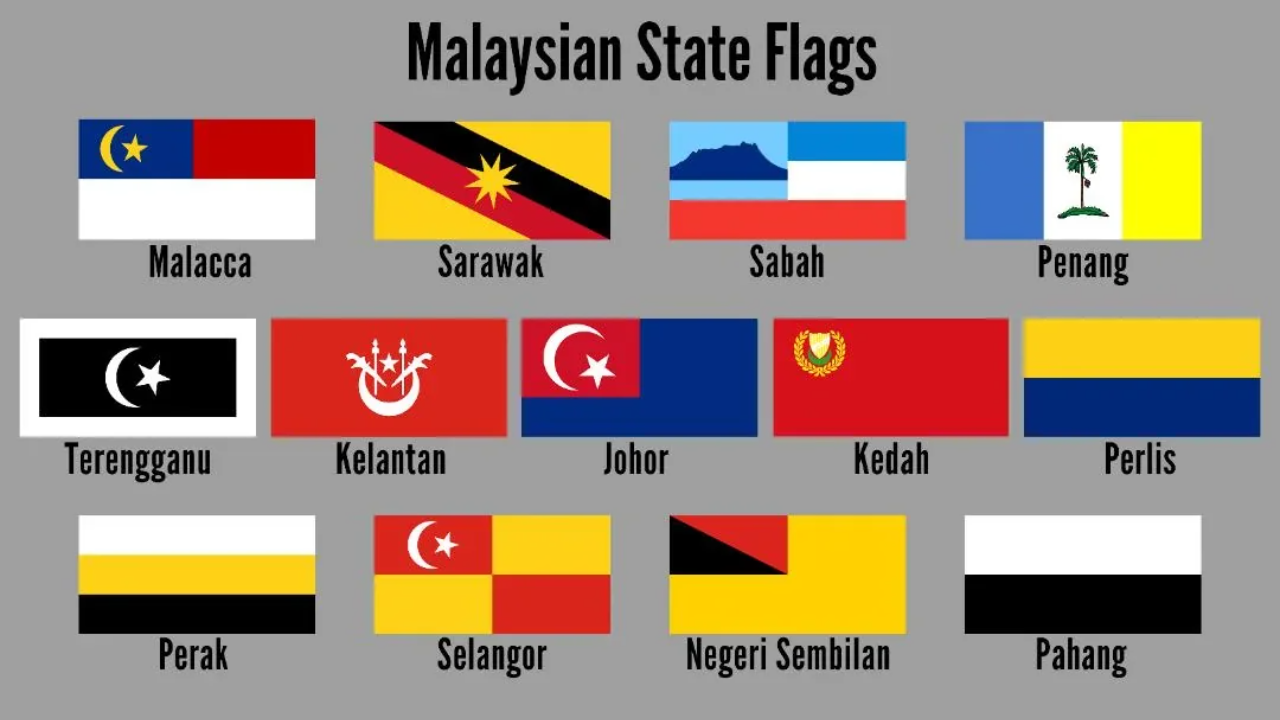
Voice-Over Localization in Malaysia: Navigating Registers, Dialects, and Cultural Nuances
Voice-over localization in Malaysia is all about connecting with diverse audiences through the power of language. With over 130 languages spoken in the country, understanding how to navigate different registers, dialects, and cultural contexts can significantly enhance the quality and impact of localized content. In this article, we will explore the differences between formal and informal registers, the significance of regional dialects, audience considerations, voice talent selection, best practices, and future trends in voice-over localization.
Understanding Registers: Formal vs. Informal
When it comes to voice-over work, choosing between formal and informal registers is crucial. Each register serves a different purpose and targets specific audiences.
Formal Register
The formal register is used in professional settings, such as corporate training videos, educational materials, or public announcements. In this context, Standard Malay is often the preferred choice. This register is characterized by a polished tone, complex vocabulary, and a serious demeanor. For instance, when localizing a training video for a multinational corporation, voice talent might use Standard Malay, adopting a tone that conveys authority and professionalism. The goal here is to communicate information clearly and effectively, ensuring that the audience understands the content without ambiguity.
Using a formal register helps establish credibility and trustworthiness, which is essential in professional environments. It allows the content to maintain a level of seriousness that aligns with the expectations of the audience. In situations where clarity is paramount—like legal or medical content—a formal register ensures that the information is conveyed without misinterpretation.
Informal Register
In contrast, the informal register is more relaxed and conversational. This register is commonly found in everyday interactions, social media content, and advertisements targeting younger audiences. For example, a localized ad for a new snack might feature a voice talent using casual language, humor, and slang that resonates with local youth. The informal register aims to create a sense of familiarity and build rapport with the audience. Choosing the right register is critical for the success of the localization process. A mismatch can lead to misunderstandings or a disconnect with the target audience. For example, using a formal tone in a casual ad can make the content feel stiff, while an overly casual tone in a serious training video might not convey the needed authority. Therefore, understanding the purpose of the content and the demographic of the audience is essential for making informed choices about which register to use.
The Role of Regional Dialects
 Malaysia’s linguistic landscape is incredibly rich, featuring numerous regional dialects that can significantly impact voice-over localization. Each dialect carries its own unique characteristics, making it essential to understand how to use them effectively in localized content.
Malaysia’s linguistic landscape is incredibly rich, featuring numerous regional dialects that can significantly impact voice-over localization. Each dialect carries its own unique characteristics, making it essential to understand how to use them effectively in localized content.
Understanding Dialects
Dialects are variations of a language that include differences in pronunciation, vocabulary, and grammar. For instance, the Malay spoken in Kelantan has distinct features compared to the Malay spoken in Kuala Lumpur. When localizing content, using the correct dialect can enhance authenticity and relatability.
For example, an advertisement targeting residents of Kelantan would be much more effective if it used the Kelantanese dialect. This creates a stronger connection with the audience and shows respect for their cultural identity. Moreover, using regional dialects can also help to build trust and foster a sense of belonging among listeners.
Building Connection with Audiences
Utilizing regional dialects in voice-over localization can create a deeper emotional connection with the audience. When local communities hear their dialect represented in media, it can evoke feelings of pride and recognition. This is especially important in a multicultural society like Malaysia, where various ethnic groups coexist. A localized advertisement that reflects the local dialect can resonate more deeply with the community, making them feel valued and included.
However, while dialects can enrich localization, it’s crucial to approach them sensitively. Stereotyping can lead to misrepresentation and offend the very audience you're trying to reach. Therefore, careful research and consultation with local speakers are essential to ensure that dialect use is accurate and respectful.
Avoiding Stereotypes
Stereotyping is a significant risk when working with regional dialects. Accents and dialects can carry cultural baggage, and misusing them can perpetuate harmful stereotypes. For instance, portraying characters with exaggerated accents can lead to negative perceptions and reinforce preconceived notions about specific ethnic groups.
To avoid this, it’s important to portray characters authentically and respectfully. Engaging with local communities and seeking feedback from native speakers can help ensure that the portrayal is accurate and nuanced. This commitment to authenticity not only enhances the credibility of the content but also fosters positive relationships with the audience.
Audience Considerations and Cultural Sensitivity
Picture 2 In Malaysia’s multicultural landscape, understanding the audience is paramount in voice-over localization. Cultural sensitivity plays a vital role in how content is received.
Understanding Cultural Context
The Malaysian audience is diverse, comprising various ethnic groups, each with its own cultural background. Content creators should consider these cultural differences when localizing voice-over work. Using references that resonate with specific groups can significantly enhance the effectiveness of the content. For example, an advertisement targeting Malay audiences may use references to Islamic values or local customs, while content aimed at Chinese audiences might incorporate elements of Chinese New Year celebrations. Understanding cultural context goes beyond mere references; it also involves recognizing the values and beliefs of different communities. This understanding helps to create content that is not only relatable but also respectful of the audience's cultural identity.
The Importance of Respect
Respecting cultural differences is essential when localizing voice-over content. This includes avoiding language that may be considered offensive or inappropriate in certain cultures. For instance, humor is often culturally specific; what’s funny to one group might not resonate with another or could be seen as offensive. Therefore, it’s crucial to tread carefully when incorporating humor into localized content. Cultural sensitivity also involves being aware of potential taboos or sensitive topics. Content creators should avoid subjects that may be considered disrespectful or controversial in certain communities. This level of awareness not only enhances the content’s reception but also helps build trust with the audience.
Engaging with Local Communities
Engaging with local communities can provide valuable insights into cultural nuances. Collaborating with local voice talents can enhance authenticity and ensure that the content is relevant and relatable. Local talent often brings an understanding of regional idioms, humor, and emotional tones that can elevate the final product.
Furthermore, involving community members in the localization process can create a sense of ownership and pride in the content. When local audiences see themselves represented authentically, they are more likely to engage with and support the content.
Selecting the Right Voice Talent
Choosing the right voice talent is crucial for effective localization. The voice actor’s ability to embody the character and connect with the audience can make or break a project.
Skills to Look For
When selecting voice talent, consider their proficiency in the required accents and dialects. Ideally, the talent should not only be able to mimic the sounds but also grasp the cultural undertones associated with them. This ensures that the performance feels authentic rather than forced. Additionally, experience in the industry can also play a significant role in talent selection. Established voice actors may have a better understanding of how to adjust their performance based on the content's needs, whether that is a formal tone for corporate work or a casual vibe for social media content.
###Auditioning Process An effective auditioning process can help in selecting the right voice talent. Providing a script that reflects the intended tone, register, and cultural context can help gauge how well the actor can embody the character. This process should also include feedback from local experts to ensure that the performance aligns with audience expectations. During auditions, it’s helpful to see how the voice actor adapts to direction and feedback. A good voice talent should be open to suggestions and willing to make adjustments to better fit the character and context.
Best Practices and Future Trends
As the voice-over industry evolves, staying updated on best practices and future trends is essential for success in localization.
Continuous Learning
Voice-over artists should engage in continuous learning to master various accents and dialects. Online courses, workshops, and resources can provide valuable training. This commitment to honing skills is crucial in a competitive industry where diversity and inclusivity are becoming increasingly important.
Embracing Technology
Technology is changing the landscape of voice-over work. Tools like AI and advanced editing software can assist in refining performances, but they should be used thoughtfully. While technology can enhance sound quality, it’s essential to maintain the human touch that connects with audiences on an emotional level.
Increasing Demand for Authenticity
There’s a growing demand for authentic representations in media. Audiences are becoming more discerning and appreciate content that genuinely reflects their culture and experiences. This trend is likely to continue, meaning that localization efforts must prioritize authenticity and cultural sensitivity.
Collaboration Across Borders
As globalization continues, collaboration across borders will become more common. This means that voice-over talents may need to work with teams from different countries. Building cultural awareness and sensitivity will be crucial in these collaborations to ensure that localized content resonates with target audiences.
The Importance of Feedback and Adaptation
Feedback is a crucial aspect of voice-over localization. After initial recordings, gathering input from local audiences can provide insights into how well the content resonates. This feedback loop allows for adjustments to be made, ensuring the final product meets the audience's expectations. Moreover, being open to adaptation is key. The voice-over industry is continually evolving, and staying flexible can help artists and producers to remain relevant. Engaging with the audience post-release, through surveys or social media, can foster a sense of community and keep the dialogue going.
Conclusion
Picture 3 Voice-over localization in Malaysia is a dynamic field that requires a keen understanding of registers, dialects, and cultural nuances. By recognizing the differences between formal and informal registers, valuing regional dialects, and prioritizing audience considerations, voice-over talents can create authentic and engaging content. As the industry continues to evolve, staying adaptable and culturally aware will be essential for success. By embracing these principles, voice-over artists can navigate the rich tapestry of Malaysia's linguistic landscape, ensuring their work resonates with diverse audiences and contributes to a more inclusive media environment. With dedication and a commitment to cultural sensitivity, the future of voice-over localization in Malaysia looks bright. Happy localizing!